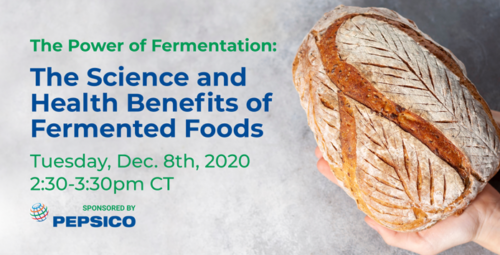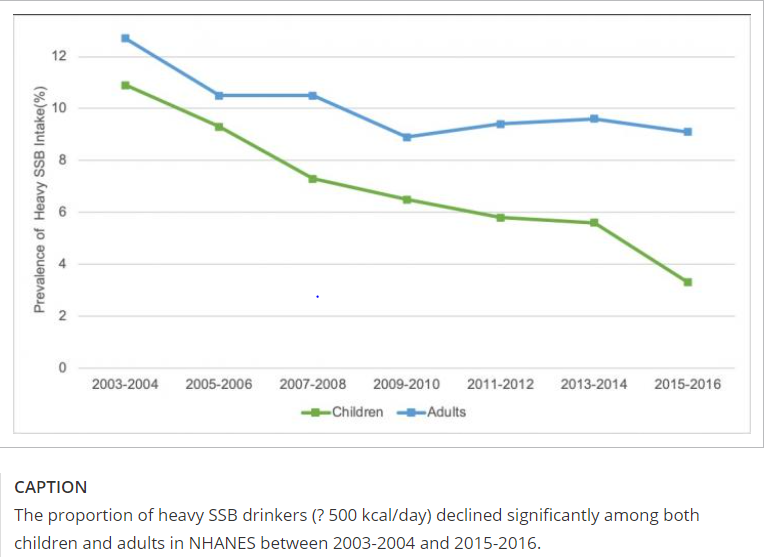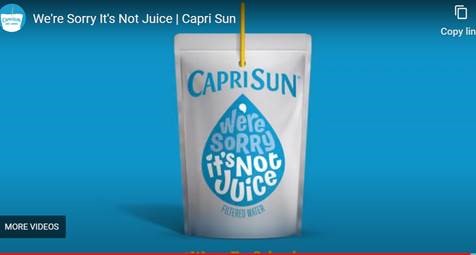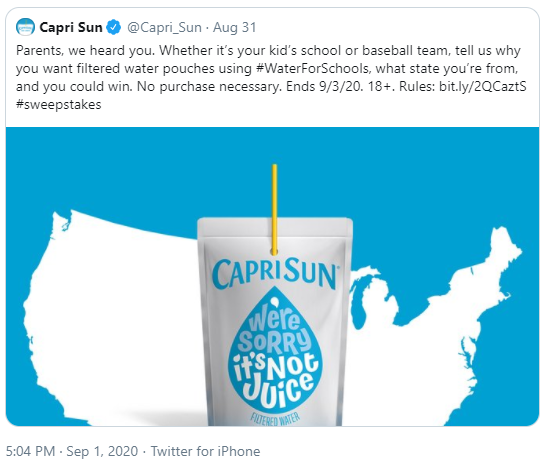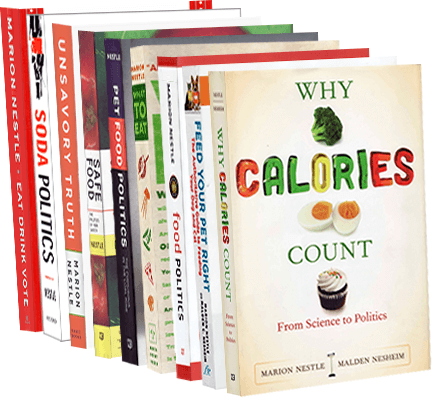Industry-funded study of the week: artificial sweeteeners
The study: Effects of Unsweetened Preloads and Preloads Sweetened with Caloric or Low-/No-Calorie [LNCS] Sweeteners on Subsequent Energy Intakes: A Systematic Review and Meta-Analysis of Controlled Human Intervention Studies. Han Youl Lee, Maia Jack, Theresa Poon, Daniel Noori, Carolina Venditti, Samer Hamamji, Kathy Musa-Veloso. Advances in Nutrition, nmaa157, https://doi.org/10.1093/advances/nmaa157
Conclusions: “These findings suggest that LNCS-sweetened foods and beverages are viable alternatives to CS-sweetened foods and beverages to manage short-term energy intake.
Funder: The American Beverage Association provided funding for the work presented herein.
Author disclosures: MJ is a paid employee of the American Beverage Association. Intertek Health Sciences, Inc.(HYL, TP, DN, CV, SH, KMV), works for the American Beverage Association as paid scientific and regulatory consultants.
Comment: This is a study paid for by the American Beverage Association, a trade association for the makers of soft drinks, sweetened with sugars or artificial sweeteners, conducted in-house. Its purpose is to demonstrate that artificial and low-calorie sweeteners will help you lose weight, something that independently funded studies often do not. I’d classsify this as marketing research. I don’t think it belongs in professional journals published by the American Society for Nutrition. We need a new journal for this, as Corinna Hawkes of City University London once suggested, “The Journal of Industry-Funded Research.”


